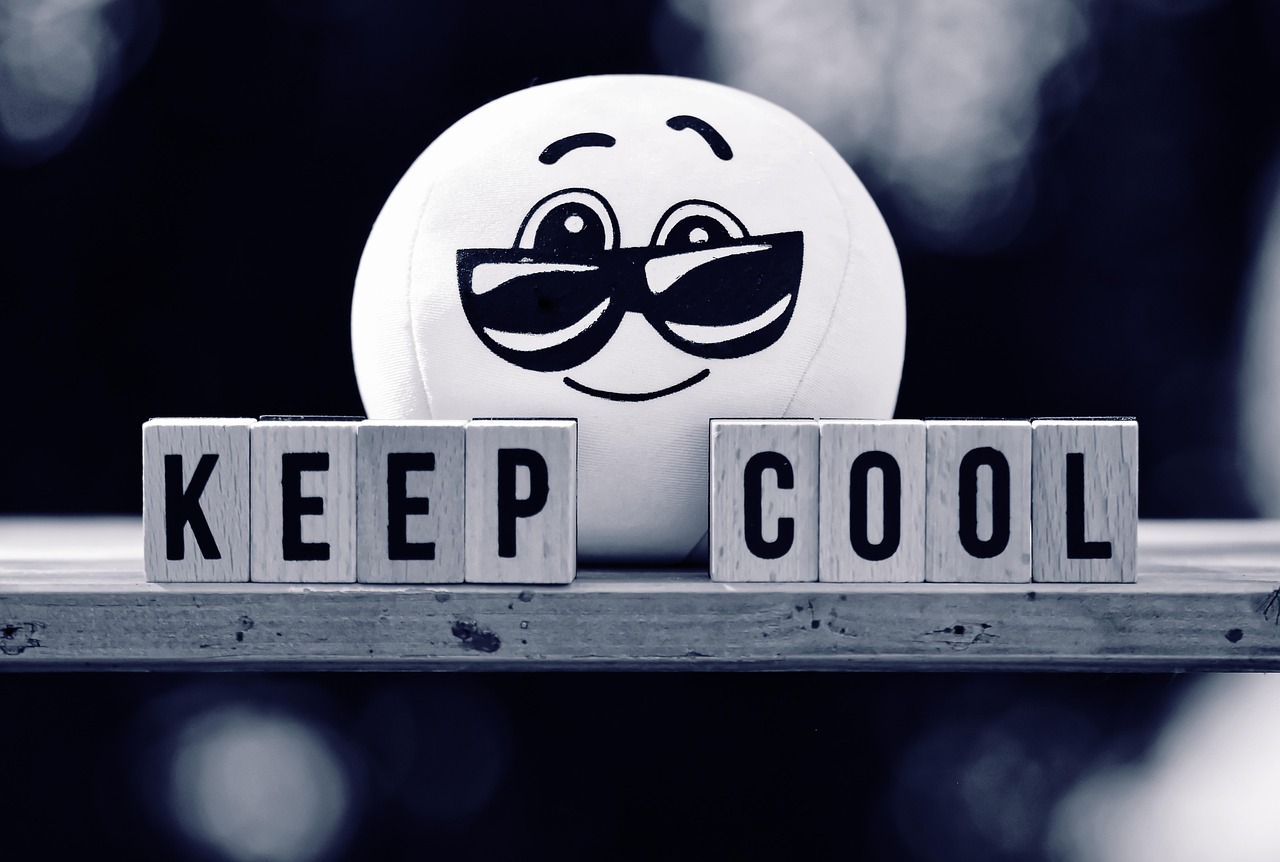Some days, I wake up and it feels like the job of a CIO is no longer about mastering the run and setting out and executing on the strategy. It’s about maintaining clarity when everything around you is moving too fast to focus. It’s about holding the line —not just technically, but mentally— in an era where AI is rewriting the rules, data is spilling over like a breached dam, and security feels less like a discipline and more like a war of attrition.
I’ve learned, not always the easy way, that the best decisions come from stepping back. When the pressure piles up, when another AI trend promises to reshape the business overnight, or when a new breach makes headlines, I deliberately zoom out and confront my ideas with colleagues and friends. What are we really trying to solve here? Are we chasing speed for its own sake, or are we creating real value? That moment of pause —where I reframe the problem before diving into the solution— is often where the clarity lives.
Of course, the signal-to-noise ratio in this environment is brutal. There’s a constant hum of urgency and uncertainty: new tools, fresh threats, shifting regulations. You can’t absorb it all, and you shouldn’t try. I’ve learned to be selective about what gets my attention. It’s not arrogance—it’s survival. I cultivate a small circle of sharp thinkers, both inside and outside the organization, who help me filter. People who don’t just echo the panic but help me see what’s actually shifting beneath the surface.
And yet, filtering isn’t enough. One of the hardest balancing acts in this role is navigating between building defensive resilience and pushing offensive innovation. We’re expected to be guardians and visionaries at the same time. I’ve come to respect the rhythm between the two. There are moments when you lean into hardening your systems, tightening your compliance posture, making sure your house is in order. But there are also moments —equally critical— when you have to bet on something new, try something messy, give your teams the green light to explore. Getting that rhythm wrong means either exposing the business or stagnating it. Getting it right is part instinct, part experience, and part listening to the right people at the right time.
I’ll admit, I used to crave stability. Predictability gave me comfort. These days, I’ve made peace with uncertainty. I don’t expect the environment to calm down, I expect to get better at navigating it. That shift in mindset was liberating. I don’t need to know exactly what’s coming next, but I do need the people, the culture, and the systems that can pivot fast. We’ve built flexibility into the architecture, room in the roadmap for experiments, and psychological safety into the teams so they know they’re allowed to try, fail, and try again. That’s not soft stuff—that’s infrastructure for the unknown.
And I protect my cognitive real estate like it’s gold. Because it is. My time and energy are finite. I’ve carved out sacred space for deep thought—no meetings, no pings, no dashboards. Just me, a whiteboard, and the hard problems. I’ve become ruthless about delegation, automation, and saying no to distractions (not easy). Not because I don’t want to be helpful, but because the organization needs me to stay in long-term mode, especially when the day-to-day feels like a series of small fires.
Above all, I don’t do this alone. I used to think leadership was about being the faster thinker in the room. These days, I measure it by how well I listen (not easy for me either). How quickly I admit I’m wrong. How often I let someone else lead the charge. The people around me —colleagues, advisors, even competitors— help me keep my edge sharp and my perspective honest. It’s one of the quiet superpowers of modern leadership: knowing that you don’t have to know it all.
So no, the role isn’t getting easier. But in a strange way, that’s part of the appeal. The world isn’t slowing down, but neither are we. And there’s real power in learning to breathe steady while everything else speeds up.
